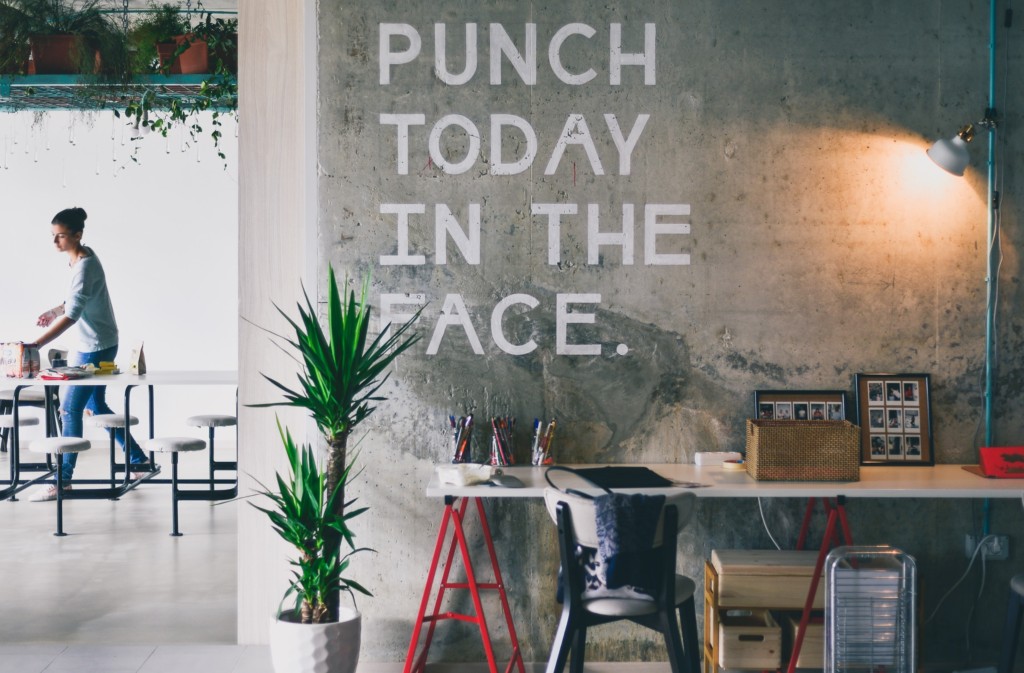It’s a busy week at work, and you, like everyone else on the floor, is only just keeping up. Tired, thinking about that chocolate bar in your desk drawer, you’re wishing you could go home. At this point, an email telling you about a round of employee training hits your inbox. It’s a follow-up to something your team leader has been talking about for a while. Regardless, it makes you uncomfortable. The very first thing you think is, Huh! Who’s got time to do that?
You might be surprised to find out that you can use this discomfort to your benefit.
‘If everything is too good, you’re probably stuck not being awesome.’ ~ Thomas Oppong

In a workplace context, even our states of stress become comfortable to us.
In a 2017 study, the online learning platform Udemy surveyed over 1,000 full-time workers in the US about how stressed out they felt. Nearly 70% of them reported feeling stressed out all the time, and more than 50% were more stressed out than in the previous 12 months.
If you are feeling this way, too, we hope that you have a positive leader so that possible stressors can be reduced by your need to undertake training. Even if they aren’t inflexible in their leadership approach, it doesn’t change the fact that at some point your training can become an interruption.
The good news is that it’s unlikely that you’ll be alone. For group training in workplaces, chances are everyone else is feeling the same thing.
Use discomfort as your jumping-off point
The challenge of disconnecting with work and connecting into a training session isn’t a small one. Then if your trainer challenges you, that, too, becomes uncomfortable.
But I’ll let you into a secret: A great trainer will make you uncomfortable with the status quo, and you will start to look for ways to improve it.
Once you’re in that state, your ability to learn increases. This means that the pace at which you pick up skills will increase and you will walk out of your training session looking forward to applying them in the workplace.
The writer Leo Babauta describes this state of discomfort as learning ‘how to master the universe’:
Discomfort isn’t bad. It’s just not what we’re used to. And so we avoid it, but at the cost of not being able to change things, not being healthy, not being open to adventure and the chaos of raw life.
He’s not alone. When it comes to skills acquisitions, setting new habits, and building growth mindsets, business writers everywhere talk about how beneficial it is to become uncomfortable.
Brian Wong, CEO of Klip, is just one of them. He wrote at Inc. about how he tries to learn new things every year.
Seth Godin, famous for writing about change, talks about how any change starts with discomfort: From building new playgrounds to creating new customers.
And San Francisco State University found that even though training designed to increase competency at work tends to end well – such as through greater happiness at the end of the day – it begins with discomfort and momentary unhappiness.
Uncomfortable? Learn to spot good vs bad discomfort

Knowing that discomfort can help you learn faster, once you start identifying the differences between good and bad types of discomfort, you will be able to start using them to your (and your company’s) advantage.
A good discomfort might be having to handle a clunky process. As soon as you are aware of the process and its inefficiencies, you can start asking yourself how it could be improved. Then, once you’ve had new ideas, you’re in a position to start talking about them to your managers.
A bad discomfort might be the realisation that you’re not a good fit for your role, or the industry, or even the hours of work. In that case, the solution might be to exit from it. It’s good for you, but also potentially bad for the company.
In this way, your discomfort can be a precursor for improving the way your company works. It can also, as Michael Schrage wrote for Harvard Business Review, become a precursor for organisational innovation.
As Lieutenant General Ronald T. Kadish in the US Department of Defense stated,
…one of the hardest things about innovation is getting people to accept that the way they work just might not be the best.
So if you can identify this ahead of time, then you’re in a strong position to improve life for everyone.
Good training will build on this emotional state
As you may recall from a previous article I have written, we only learn new things once we are uncomfortable with existing circumstances.
As you unlearn your existing way of working, you pave the way for learning new ways, methods, and skills. Knowing this before you go into your next training program can help you to embrace the discomfort, embrace the change, and look for new ways of thinking about what you’re doing.
At Training x Design we help employees like you to to support innovative, positive cultures.
To learn more about how we can help your company, call our experts today on 1300 662 907.




Leave A Comment